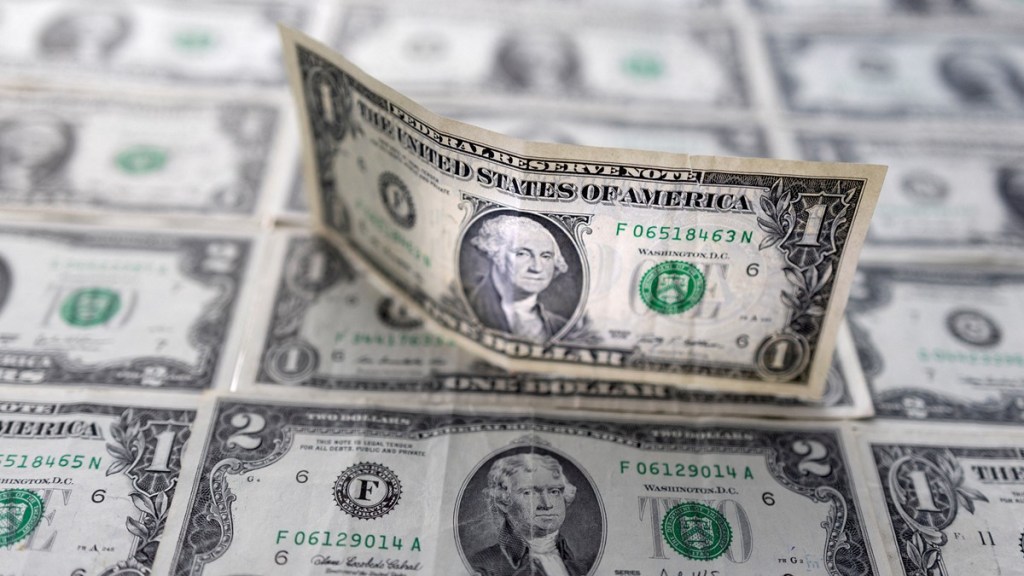By Jamal Mecklai,
The accompanying graphic showing the 12-month forward USD-INR premiums seems to suggest that the bottom may be behind us. To be sure, the premiums have flattered to deceive before, as far back as December 2022, when they first threatened 1.5% pa, and again in July last year when, again, they tested 1.5% and then moved up again.
The difference this time is that the broad consensus is that American interest rates are headed definitively lower. While there remains uncertainty as to how fast and how low they will go, it is a “done deal” that, say, a year from now the Fed funds rate (which is 5.33% today) will be at or around 4%.
And while rates in India will likely also fall, the betting is that they will not fall as fast–our inflation remains trickier, subject as it is to political considerations, particularly this year, and, of course, the next monsoon. This explains why this time the upward move in premiums could be sustained and extended.
There are also technical reasons to suggest that the premiums could rise. The first is that the volatility of the premiums is currently extremely high as compared to its long term average, and high volatility is often a signal of a turning point. To be sure, the volatility has been high for a long time—again around a year—but it does seem that we will see higher premiums over the next 12-24 months at least.
The other technical reason is that the Reserve Bank of India (RBI) may—with a capital M—stop its more or less continuous intervention in both the spot and forward markets. With interbank liquidity very tight, it stands to reason that at some point, spot buying will have to increase, which suggests that forward selling may come down. This would also push the premiums upwards.
Over the last five years, the annual average premium has moved between a high of 4.75% (in 2021) and a low of 1.95% (in 2023); premiums were even higher before that, averaging 5.91% between 2014 and 2019. To my mind, the bad old days (or good ones, depending on whether you are an exporter or not) are over—full marks to the RBI for keeping a reasonable lid on inflation to where the spread between the US and Indian rates (which is closely reflected in the premiums) is unlikely to rise to anywhere like those levels.
As far as spot goes, the RBI appears tightly locked into keeping the rupee locked around 83 and it is likely that this policy will persist till at least the elections later this year. Beyond that, particularly if inflation remains reasonably contained, we could see the RBI nudging the rupee to a slightly lower range since exports remains flat on their stomach.
Importers, most of whom are largely unhedged since, even at these low premiums, it doesn’t seem to make sense to buy forward. The RBI is providing them protection—an economist I know has pointed out that this “free pass” provided to importers translates into a moral hazard that could result in significant losses if and when the rupee does move lower.
Exporters, on the other hand, are largely hoping and praying and, again, staying with a minimal hedge. It is worth noting that simply selling 3 months forward every day during 2023 would have provided a modest gain as compared to the spot at maturity; in particular, if you sold on every day that the rupee was weaker than 83, the gains would have been nearly 0.5%—not a fortune but not small potatoes either.
(The author is CEO, Mecklai Financial)


